The following piece appeared in June 2024 special edition of HAIRENIK, entitled "The Diaspora at 100," and is co-edited by Hayg Oshagan and Khachig Tololyan.
Antranig Kasbarian
For present purposes, I’m considering the diaspora mainly as it relates to Armenia. Needless to say, we must also consider the diaspora as an entity and resource unto itself. That is an important subject, but requires a separate treatment of its own. For present purposes, I can only stress that the two dynamics – the diaspora unto itself and the diaspora vis-à-vis Armenia – are mutually dependent and reinforcing.
Introduction: Depicting Diaspora
Depicting a diaspora can be quite difficult. Indeed, by their very nature diasporas are often fluid and complex; marked not only by dispersion but by rupture, displacement, and a distance-yet-closeness to the homelands that define them. Over time, such complexities may grow even further - due to the passing of generations, of course, but also via successive waves of emigration that can vary considerably from the “original” mode of dispersion. (Thus, for example, our own modern diaspora: The early 20th century featured Armenian Genocide survivors literally forced into exile, followed years later by others positioned differently, e.g. economic migrants who left post-Soviet Armenia “voluntarily.”)
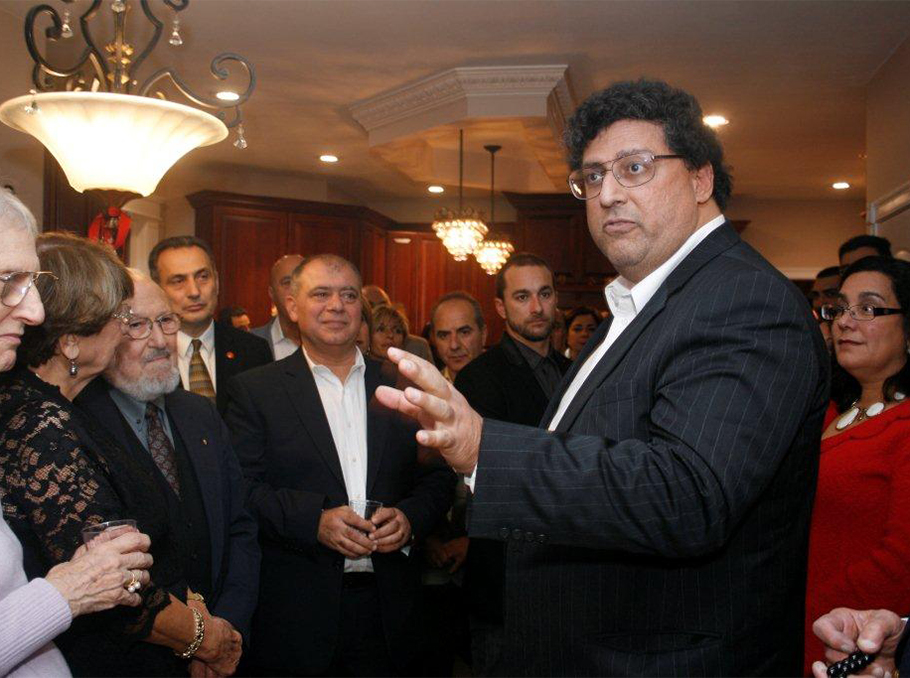
Photo: Tom Vartabedian
So when the editors approached me, seeking depictions of the contemporary Armenian-American diaspora, I felt daunted, discouraged, even disoriented. How to wrap my brain around such an unruly beast, which continues to change in ways we are only beginning to understand?
In the end, I suppose my response is the only one possible: To take a partial perspective. In this case, it is a perspective that refuses the temptation to say all that must be said; instead, consciously selecting certain paths that can yield insights relevant for our predicament today. So let us dig in.
Origins and Development
Broadly considered, the Armenian-American diaspora traces its origins to the political upheavals of the early 20th century -- most centrally the 1915 Genocide, alongside related developments both before and after. Violently uprooted from their ancestral lands in Asia Minor, an entire generation would scatter to the four winds, forming a template upon which future generations would grow, develop, and change.
From the outset, this diaspora was mainly concerned with two overriding objectives: 1) Surviving as a people, and 2) Upholding political goals and a vision of what Armenians sought collectively. In the first realm lay the issue of “keeping Armenians Armenian,” whether by ingathering and rebuilding cohesive communities, inculcating cultural values among succeeding generations, or other means – most broadly referred to as hayabahbanum (armenopreservation). At first this was a reflex of a people in exile -- using culture as a survival mechanism when all else seemingly had been lost. But within a short period, hayabahbanum evolved into an ongoing cultural strategy that helped us to remain identified as Armenians in a purposeful way.
And what of the second realm? Here lay identification with a homeland lost and possibly to be regained (Western Armenia), as well as issues of national sovereignty and self-determination in those areas where Armenians remained, but under foreign occupation (Soviet Armenia, Nagorno-Karabagh). Accompanying these was Armenians’ desire and eventual search for justice in the face of genocide and other unpunished crimes – later codified as Hai Tahd (Armenian Cause).

Photo: REUTERS
In the early decades of diaspora, these two realms – cultural survival and political goals – served to mutually reinforce one another. For example, a sense of pride emerged among the Dashnaktsakan community, based not only on Armenian culture-writ-large, but on a special assortment of values that included upholding the ideas of national sovereignty (e.g. the First Republic), national honor and justice (e.g. Operation Nemesis and avenging the Genocide), and national values and literacy in the face of cultural assimilation. The political goals, it seemed, were much more than just political; they were also cultural adhesives that kept us identified with the nation and its cause.
As the decades passed, new leavening agents crept into this mix. With the parallel ascendance of the USA and USSR, and our growing sense that we might not return home anytime soon, the diaspora’s leading groups – the political parties and their affiliates – took positions that were increasingly strident and absolute. Beyond identifying with the nation, one’s stances and rhetoric -- regarding Armenia’s independence and sovietization, justice for the Genocide, the importance of a durable nationalism to combat cultural assimilation, and more – became signposts along which people aligned themselves, for or against or somewhere in between. Following the 1933 assassination of Archbishop Ghevont Tourian, contention and polarization extended to the Armenian Apostolic Church and to many other community groupings. Suddenly, “where do you stand?” or “which side are you on?” became important questions in these groups’ continuing quest for authority and legitimacy in representing the diaspora.
Ironically, amidst this polarization it was often forgotten that these internecine struggles for supremacy were largely symbolic: Community leaders argued over the tricolor flag, Soviet Armenia, the necessity of armed struggle, whether our orientation should be Western or Eastern or non-aligned, and so on, when our ability to actually do something about these things was rather limited. We were largely sitting in our agoumps, churches, and picnics, speaking to ourselves. This still had some value, of course, but it was largely in the context of “holding the fort” or “keeping the flame alive” until such time when we really could do something about our condition.
Enter Armenia
That time did come eventually, but very late, only after many decades. Yes, we eventually moved out of the ghettoes of the early years – becoming more educated, integrated, worldly as individuals. And yes, Armenians’ global relevance also changed with the Soviet Union’s demise and Armenia’s resulting independence: By 1988, we were no longer a people in exile, having to constantly breathe life and legitimacy into an abstract construct called “Armenia.” Rather, we had a living, breathing Armenia standing before us; an Armenia new and different, now seemingly demanding our involvement.
But sadly, our reflexes as a community had largely hardened over seven long decades apart from the homeland. With most of us distanced from meaningful, everyday involvement, our preoccupations here continued to center on rituals, symbols and abstractions. Indeed, our prevailing pattern was to act in ways that provided us with identification; i.e. activities that made us feel our Armenianness. And so, despite fundamental changes that shook the Armenian world starting in 1988, our mentalities and approaches largely remained the same.
A useful example appears in the outpouring of humanitarian aid to Armenia at that time. With the outbreak of the Karabagh struggle, the devastating earthquake that ensued, and the difficult early years of independence, we tendered aid -- and lots of it -- because it was needed. But that wasn’t all. We tendered aid also because it felt good to do so. Put less bluntly, via the act of giving, we felt more identified, closer to the homeland. Indeed, it felt good to be “back in the game,” so to speak. Organizing clothing drives, sending medicines and warm blankets to Armenia made us feel like truly active participants in keeping the nation alive.
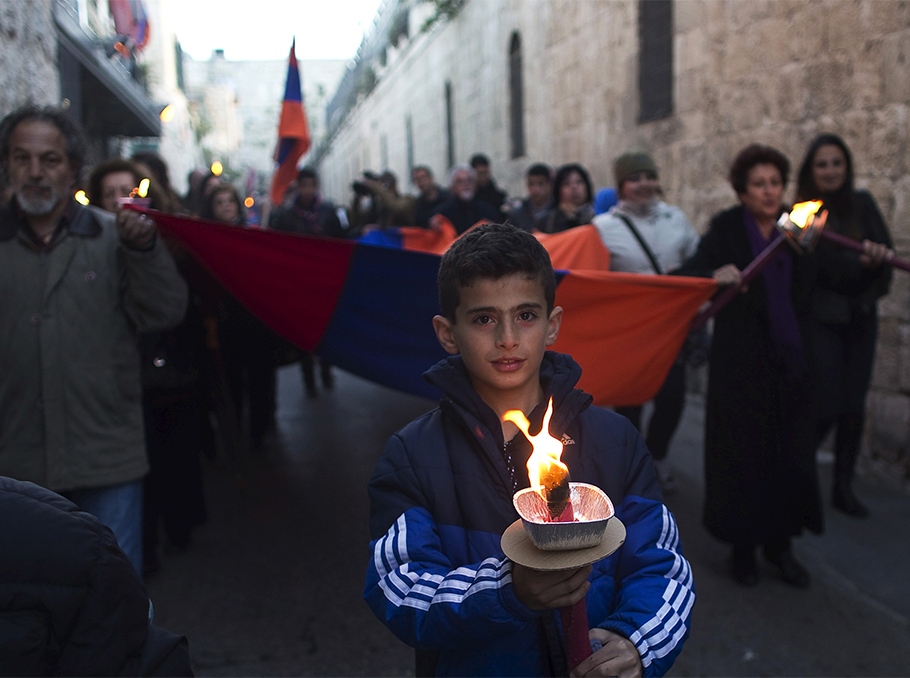
Photo: REUTERS
Such activities were motivational as much as they were practical, and there should be no shame in acknowledging it. The problem, however, is this: Our organized communities usually didn’t go beyond the easy task of giving. We gave and gave, and gave some more. But there were no metrics, no measurements or benchmarks to evaluate results and how we were doing. Rather, we gave in knee-jerk fashion, and didn’t ask a lot of questions – partly because these were emergencies that demanded it, but also because we figured there were structures and agencies on the receiving end, capable of processing and building on what we sent. Over time, we learned that this wasn’t the case: Corruption, inefficiency, cronyism and more revealed that the act of giving was not enough to improve Armenia, without a long-term plan for development. This was something we weren’t conditioned for. Emergencies and cataclysms? Yes. Long-term development? No.
With the advent of independence, a new role seemed to hover before us, vaguely apparent and inviting, yet beyond reach: That of capacity-building. By capacity-building, I mean that broad constellation of activities that can help a country invigorate its economy, strengthen its health-care, fortify its security and diplomacy, and modernize its culture and educational system. Unfortunately, in the early decades of independence, we largely thought with our hearts and not our heads, and thus such changes were not forthcoming. Instead most of the diaspora treated Armenia variously as aid recipient, as cultural/touristic playground, or as a place to engage in the spectator sport of politics and public affairs -- rooting for or against our favorite heroes/villains in Armenian public life, but without meaningful engagement or “skin in the game.” The slow, grinding, off-the-radar activity of building a new and better country? That remained a faraway prospect, and largely has remained faraway until this day.
At a time when Armenia desperately needs to modernize in every respect, the diaspora – with some exceptions -- has still not provided the “value-added” contributions it is capable of. Indeed, it is perhaps only in the last several years – with regime change in 2018, followed by our bitter defeats in 2020 and 2023 – that the enormous deficiencies of the country are finally being revealed as requiring remedial attention, in which the diaspora has a major role to play.
With its captains of industry and high-value thinkers and doers in myriad fields, the diaspora can -- if it tries hard -- become a partner in the enterprise of state-building, instead of an adjunct or onlooker. Indeed, in today’s environment we increasingly see professionals devising new programs, inputs, exchanges, and investments that lurch in the direction of capacity-building. And believe it or not, some of these initiatives are potential “game-changers” that are now being tolerated, even encouraged, by Armenia’s leadership. Late in coming? Perhaps. But heartening nonetheless. Such activities must become a new raison d’etre for the diaspora – perhaps not the only one, but a key one for sure.
But we are still far from getting there. Every time I see a community drive for warm clothing and blankets, I catch my breath, asking “Is this really what we need? Is this how we must train our community to deal with Armenia’s situation?” At a time when our adversaries are taking careful and farsighted steps to overpower our small country, with the highest technologies, PR, and weapons systems, must we continue to react with knee-jerk crisis responses, as we did 35 years ago, with galoshes, aspirin, and warm coats, responding belatedly to the crises that are already upon us? Sure, doing so might make us feel good. And perhaps at a low bar, at the level of youth and community engagement, it makes some sense. But overall, we continue to focus our energies in the direction of hayabahbanum, doing things that make us feel identified, when making a real difference requires a complete overhaul in how we go about our business.
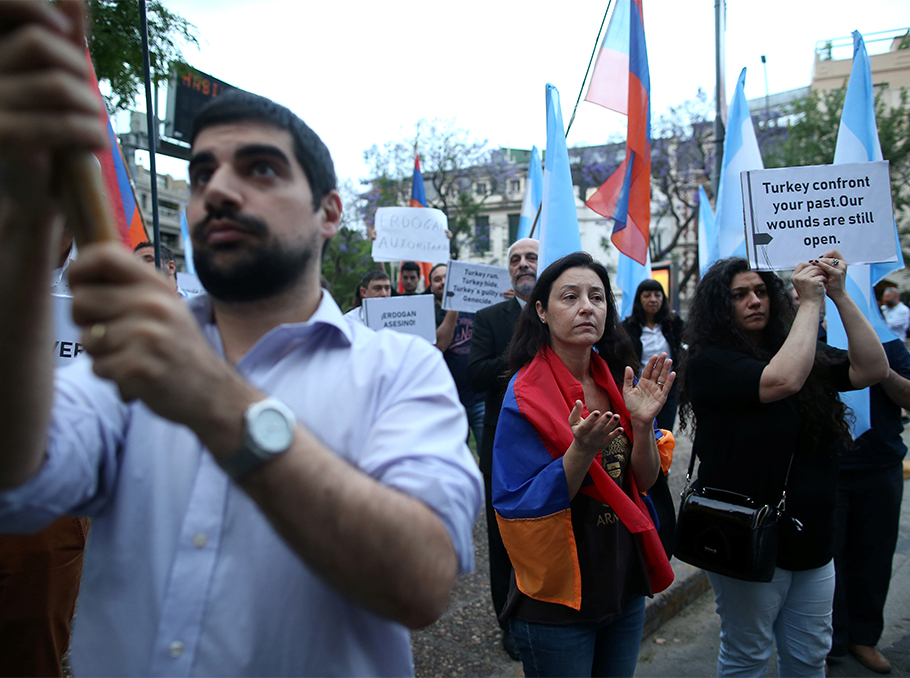
Photo: REUTERS
This overhaul seems now to be starting, but interestingly our traditional leadership is not at the forefront of those changes. Rather, it is the technocrats, the businesspeople, the independent academics and skilled professionals, who are seizing opportunities to create new linkages and working relationships that can transform our ways of thinking and dealing with Armenia. Hopefully the rest of us will catch on, but it will require significant retooling. For one, we must learn to rebalance our tendencies -- focusing less on teaching generations what to think, and instead teaching them how to think. The former is an exercise perfectly tailored for haybahbanum, whereas the latter is really what’s required in today’s age of capacity-building.
Of course, this challenge is not an easy one. The traditional diasporan structures can be quite set in their ways, resistant to change. But aside from “teaching an old dog new tricks,” there is also a practical difficulty: Not every diasporan is cut out for capacity-building work. Many sincere, devoted Armenians are limited in their ability or desire to engage with Armenia. These people matter, too. But given the predicament Armenia is in today, I would support greater emphasis on developing its ties with our emerging professional class. The situation of the country – both domestically and internationally -- demands this.
To sum up, let us acknowledge that the diaspora’s two longstanding foci – cultural survival and political goals – must be greatly revamped in this age. To begin, the two no longer neatly reinforce one another - if they ever did. Indeed, today they often work at cross-purposes! How can we continue to maintain Armenian identity around preservation of traditional values, when effectiveness today requires expertise and navigational abilities of an entirely different sort…in a world where values and tradition are constantly challenged by innovation, disruption, hybridity, and change? In short, we must replace rehearsal and ritual with exploration and innovation; or, to put it differently, replace the old trope of “the good Armenian” with a newer, fresher one – that of “the effective Armenian.” The two may overlap, but they are quite different concepts.
By saying all of this, I do not seek to undo or disrespect the cultural logic of our past century in diaspora. Of course, keeping Armenians Armenian remains an important undertaking…but not necessarily via the hayabahbanum model. I believe we can find other, more contemporary and progressive ways to keep our identity vibrant, and it starts with Armenia. We should deploy Armenia as a way to consistently inject Armenianism – but a different sort of Armenianism – into the diaspora. It is an Armenianism that isn’t simply about reciting Taniel Varoujan or singing Komitas, but one that ties to practical matters including people’s livelihoods in all sorts of fields, including law, environment, healthcare, women’s issues, and more. Rather than using Armenianism to take our people on an odyssey through a world that is no longer pertinent and doesn’t connect with the rest of our lives, let us do a little less preserving and a little more searching, creating, risk-taking. Today’s times demand no less.
Conclusion: Shifting paradigms, shifting geographies
In this essay, I’ve tried to argue for a paradigm shift; i.e. a conscious move toward new guiding assumptions as we face today’s realities. But in seeking such a shift, we must acknowledge that the diaspora of the Developed West has a special role to play. The meccas of Diaspora Past – Cairo, Beirut, Aleppo – were fertile ground for developing a culture of hayabahbanum; indeed, these meccas served as resources for the rest of us, as we availed ourselves of Middle Eastern clergy, intellectuals and administrators to bolster our national institutions here. But let’s face it: Today, in an Age of Capacity-Building, the diaspora’s center of gravity must shift to these shores where “value-added” contributions are the order of the day. Whether it’s New York for banking and finance, Boston for science and medicine, or Silicon Valley for IT, these Western centers serve not just as loci for our traditional communities, but as hotspots – incubators, if you will – for new communities of shared knowledge and purpose. Is it any wonder that some of our newer, promising initiatives – the Armenian Society of Fellows (ASOF), the 120,000 Reasons Coalition, and the Foundation for Armenian Science and Technology (FAST) – hail from these shores, drawing mainly upon Armenian-Americans?

Photo: REUTERS
In this new era, leadership requires more than cultural grounding or political ideology; it also requires skills, methods, and worldviews that are battle-tested in the larger marketplace of ideas. Engaging with this marketplace, more than anything, will keep our diaspora strong and growing, as we enter the most challenging phase of our modern history. Time will tell, but we are in for an interesting ride ahead.



















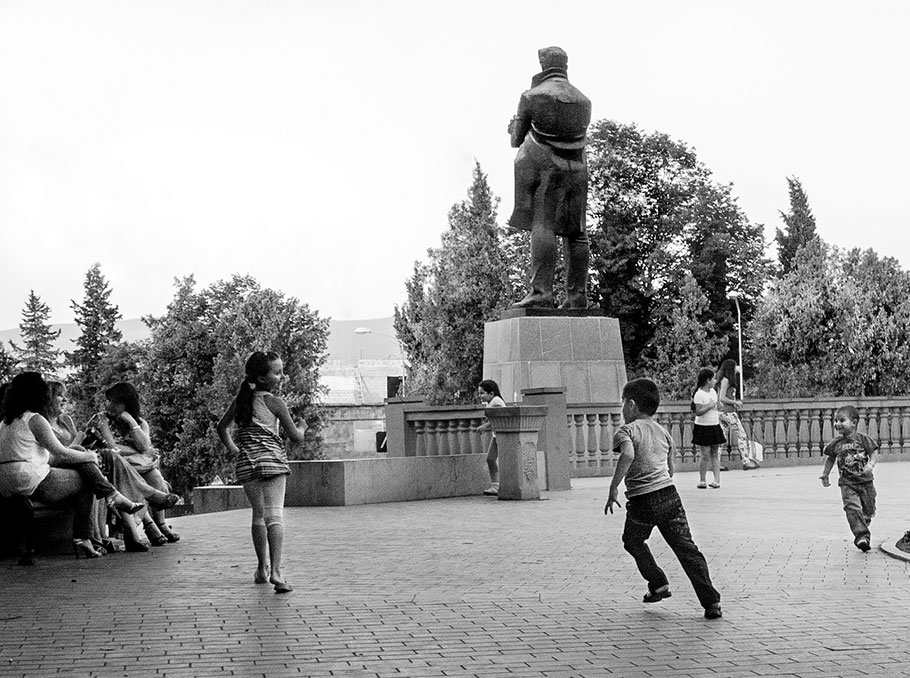




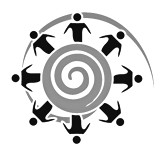



Comments
Dear visitors, You can place your opinion on the material using your Facebook account. Please, be polite and follow our simple rules: you are not allowed to make off - topic comments, place advertisements, use abusive and filthy language. The editorial staff reserves the right to moderate and delete comments in case of breach of the rules.